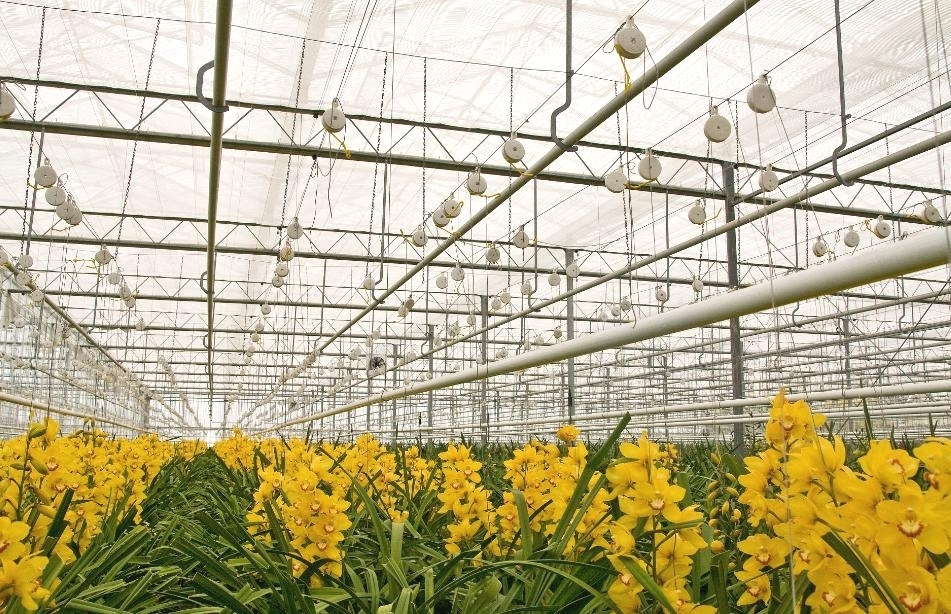seems were back to the usual discussion here, haha.
there is no light really blasting through a leaf.
green is reflected to a good part (why we see plants as green), these green photons are bouncing back n forth and therefore hitting lower areas.
green is also absorbed not only reflected of course but to a lesser degree then other spectra.
And we have far red which seems to really penetrate, but you cant let the plant grow on far red alone.
far red is really facinating.
PPFD level below a leaf are low, always, no matter which spectrum you use or how much you blast them.
when you have 800-1000ppfd on your leaves surface its saturated, few hundred more with CO2 maybe.
then you send your photons from a different angle to hit other area, more diffuse lights
"
Diffuse light penetrates deeper for greater photosynthesis by activating more of the canopy (less shading by upper leaves). In addition, diffuse light helps encourage better growth due to a better distribution of light (more evenly spread rather than with hot spots and shady spots).
In studies on vegetables and pot plants, researchers at the Netherlands’ Wageningen UR Greenhouse Horticulture showed that diffuse light can help provide benefits such as improved crop yield, higher leaf count, lower crop temperature and shorter crop time.
"
Growers are increasingly learning that steering the greenhouse climate, which includes the related factors of light levels, temperature and humidity, can

www.greenhousegrower.com
.
ive showen spectrometer readings a few times below a leaf, others did before me too, its well demonstrated and good to measure.






